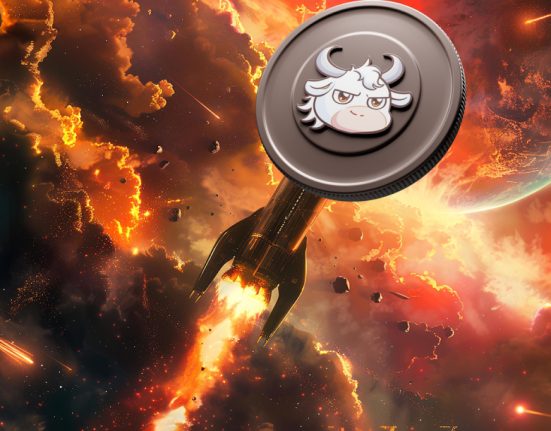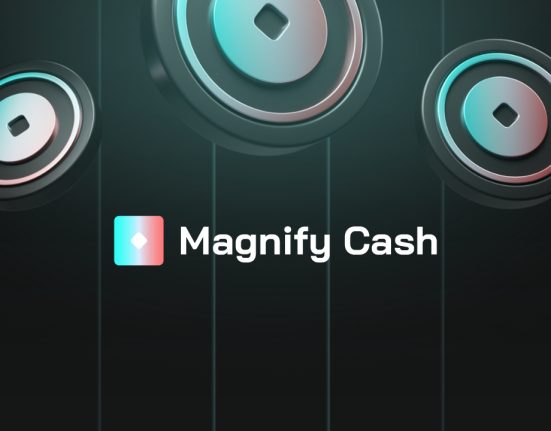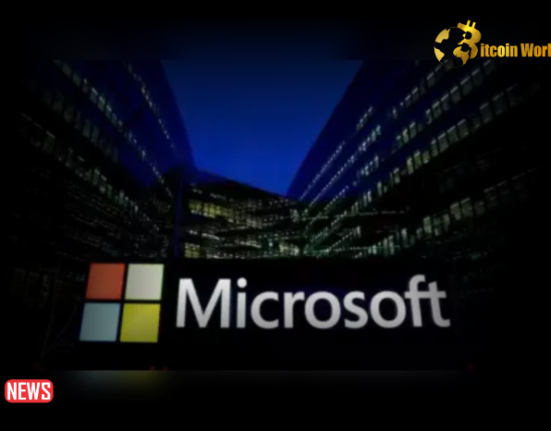Cryptographic artwork and digital treasures have been made possible by the creation of NFTs, but it doesn’t end there. NFTs can be used to validate the validity of numerous rare and collectible commodities, from real estate to logistics.
The NFT ecosystem is still in its infancy, but there are already a number of intriguing initiatives that provide significant potential for creators and users.
Art NFTs
In digital art, non-fungible coins have assisted in resolving enduring issues with scarcity. When it’s possible to digitally copy virtual artwork, how can you maintain it rare? Even while there is bogus art in the actual world, we can usually identify it.
Collectibles NFTs
With crypto art, there is a lot of crossover, and sometimes an NFT can serve as both a collectible and an artistic work. The most advanced use cases that we currently have are these two.
The very first tweet from Jack Dorsey is a prime illustration of an NFT collectible. While a CryptoPunk is both as a collectible and as a work of visual art, Dorsey’s NFT is valuable only as a collection.
Finance NFTs
It’s simple to overlook the fact that not all NFTs derive value from a song, image, or collection. NFTs offer special financial advantages in decentralized finance (DeFi). Most will also have some artwork, but their worth is derived on their usefulness.
Gaming NFTs
Unique tradeable and purchaseable items are in high demand in the gaming industry. Gamers are already accustomed to the concept of expensive, digital things, and their rarity directly influences their price. A multi-billion dollar gaming business supported by microtransactions and in-game purchases is now possible thanks to blockchain and NFT technologies.
Music NFTs
You can add audio to an NFT to make a collectible piece of music, just like you can with an image file or a video. Imagine it as a record’s digital “first edition.” Although there are various use cases, attaching a music to an NFT is comparable to our art example.
Real-world asset NFTs
The way we verify ownership can be digitalized by tying NFTs to physical assets. For instance, in real estate, we frequently deal with deeds to actual property. Highly illiquid objects (such a house or piece of land) can be added to the blockchain by creating tokenized digital assets out of these deeds. We haven’t seen regulators offer much assistance for this application so yet. Even though it’s still in the very early stages of development, keep an eye out for it.
Logistics NFTs
The immutability and transparency of blockchain technology make it particularly advantageous for the logistics sector. These factors make sure that supply chain data is reliable and legitimate. Knowing where they have been and how long they have been there is crucial when dealing with food, commodities, and other perishable things.
There’s a fair probability we’ll see more concepts and use cases in the future as NFTs gain popularity. Not all applications for NFTs have yet had the time to develop past an initial concept or modest prototype. Some might not prove to be useful or well-liked. NFTs are unquestionably here to stay, though, for more fundamental and obvious problems like the lack of collectibles and works of art.














